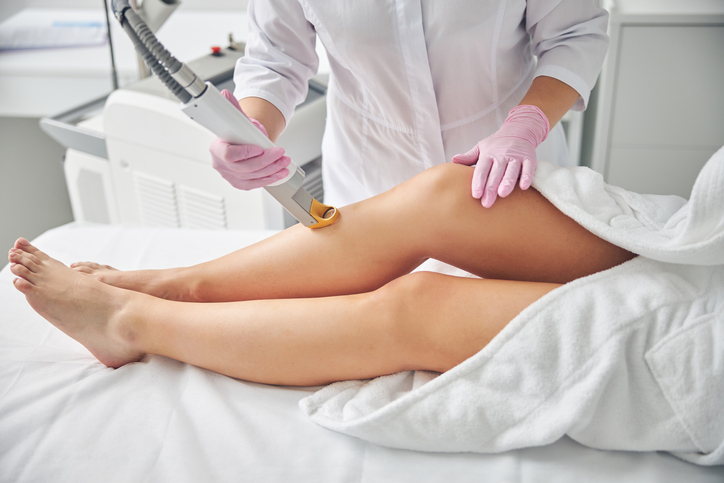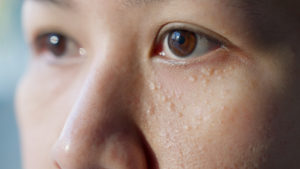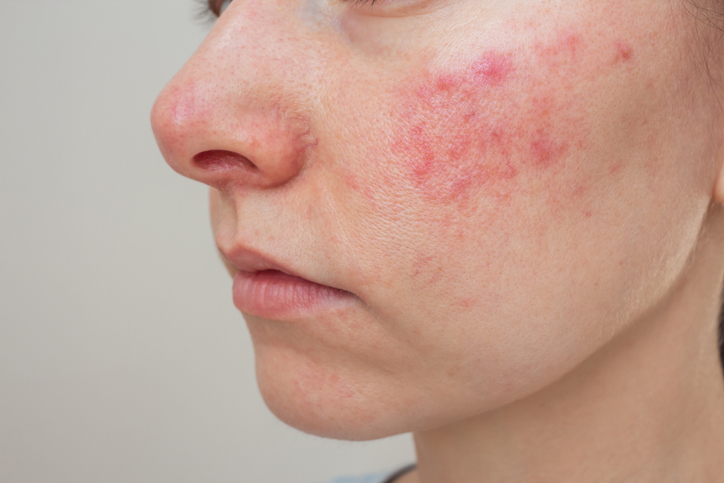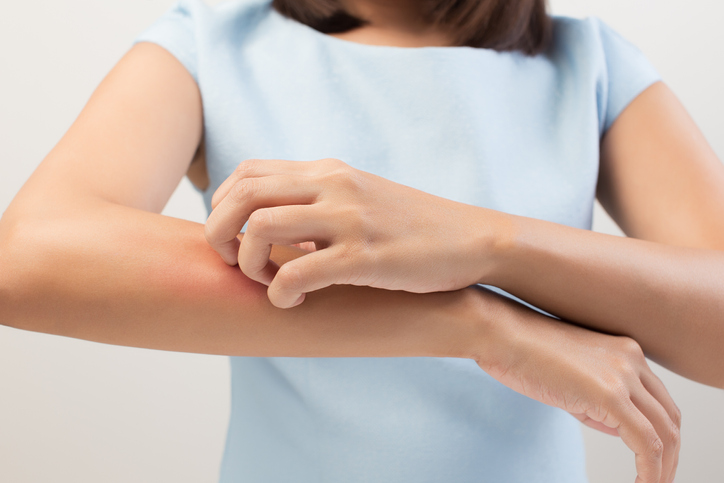
The evolution of intense pulsed light
Intense pulsed light (IPL) has become a staple in beauty salons and dermatology clinics. Learn how it works for hair removal, acne management, and more.
Dr Michael Rich is a specialist dermatologist who has been performing tumescent liposuction for over 30 years. Find out if Liposuction is suitable for you at ENRICH Clinic.
At ENRICH Clinic, we have a wide range of dermatological and cosmetic body treatments tailored to individual body and patient needs.
At ENRICH Clinic, our treatments are performed by our medical team consisting of doctors, nurses, and dermatologists and are tailored to each patient’s skin health needs.
ENRICH Clinic is committed to your skin health and well-being with a range of dermatological & cosmetic treatments tailored to the individual. Our treatments are performed by our medical team consisting of doctors, nurses, and dermatologists.
Skin health is essential for everyone. ENRICH Clinic has a wide range of technologies and dermatological solutions to help you achieve your skin care goals.
A syringoma is a harmless bump often found on the upper cheeks and lower eyelids of young men and women. Syringomas are caused by an overgrowth of sweat glands (eccrine glands).
Syringomas often occur after puberty, and can develop in any race or ethnicity. Girls are more often affected compared to boys, and it tends to run in families. Syringomas appear more often in people with Down syndrome, as are those with diabetes mellitus.

Syringomas look like a flesh-coloured sometimes-yellowish bump, about 1-3mm in diameter. They occur in evenly-distributed clusters. Eruptive syringomas look like lesions that appear on the chest and abdomen.
According to the classification scheme proposed by Friedman and Butler, there are four recognised variants of syringoma:
Syringomas have a cause that is not entirely understood, though several factors are believed to play a role. One of these is genetics, as some forms of syringomas, like familial syringomas, are known to run in families, suggesting a genetic predisposition.
Another potential trigger is hormonal changes. The fact that syringomas often first appear during puberty suggests a possible link to hormonal changes. This theory is further supported by some studies that have reported an increase in syringomas during pregnancy.
Certain medical conditions, such as Down Syndrome, are also associated with a higher incidence of syringomas. In addition, skin trauma or damage could stimulate the eccrine sweat glands, leading to syringoma formation in some cases.
Lastly, age may be a factor, as syringomas typically appear during adolescence or early adulthood, which could be related to physiological changes during these stages.
No, syringomas don’t feel like anything much.
Syringomas can appear quite suddenly (eruptive syringoma), particularly in those with darker skin. We’re not sure why.
There are several treatment options available to you. A dermatologist is the best person to consult for syringoma treatment, as they can diagnose the condition correctly and guide you through the appropriate treatment options.
There isn’t a specific medicine that can cure syringomas, as they are benign growths originating from sweat glands. However, topical treatments like retinoids or glycolic acid creams may help reduce their appearance. Discussing these options with a healthcare professional before starting any treatment is crucial to ensure they suit your specific case.
Advances in medical technology have led to the development of various treatment methods for syringomas. Some of the latest treatments include laser therapy–such as CO2 and fractional lasers–and electrosurgery, which uses electrical current to remove the syringomas. There’s also cryotherapy, which involves freezing the lesions using liquid nitrogen, and excision, where the syringomas are surgically cut out. These treatments can be effective, but they may also carry risks such as scarring and changes in skin colour.
The “best” treatment for syringoma largely depends on your specific circumstances, including the number, size, and location of the syringomas, as well as your overall health, skin type and personal preferences. Treatments that work well for some may be less effective for you. That being said, many dermatologists find that procedures like laser therapy or electrosurgery often provide good results.
Yes, a dermatologist can definitely treat syringomas. Dermatologists are skin specialists trained in diagnosing and treating a wide range of skin conditions, including syringomas. They can evaluate your skin, provide a diagnosis, discuss potential treatments, and perform the procedures, if necessary. So we highly recommend consulting with a dermatologist if you’re considering treatment for syringomas to ensure you receive the most appropriate and effective care.
If you are concerned about the appearance of your syringomas, make an appointment with one of our specialist dermatologists, who can help guide you regarding treatment choices. Since this may happen to teenagers and young adults, parental assistance will likely be required.
Contact us today.
*With all surgeries or procedures, there are risks. Consult your physician (GP) before undertaking any surgical or cosmetic procedure. Please read the consent forms carefully and be informed about every aspect of your treatment. Surgeries such as liposuction have a mandatory seven-day cooling-off period to give patients adequate time to be sure of their surgery choice. Results may also vary from person to person due to many factors, including the individual’s genetics, diet and exercise. Before and after photos are only relevant to the patient in the photo and do not necessarily reflect the results other patients may experience. Ask questions. Our team of dermatologists, doctors and nurses are here to help you with any of your queries. This page is not advice and is intended to be informational only. We endeavour to keep all our information up to date; however, this site is intended as a guide and not a definitive information portal or in any way constitutes medical advice.
"*" indicates required fields
Combining Dr Rich’s dermatological skill with his knowledge of restorative skin regimes and treatments, the ENRICH range is formulated to help maintain and complement your skin. Our signature Vitamin C Day & Night creams are now joined by a Vit A, B,&C Serum and a B5 Hyaluronic Gel, both with hydration properties and much, much more.

Intense pulsed light (IPL) has become a staple in beauty salons and dermatology clinics. Learn how it works for hair removal, acne management, and more.

Worried you have eczema, dermatitis, or psoriasis? We talk symptoms, causes, triggers, and treatments for these common causes of itchy skin.

Research has shown that snoring can be reduced by up to 60% after two or three treatments with ENRICH Clinic’s high-tech target lasers designed to tighten the soft palate and stop snoring.

Suddenly dealing with itchy skin? We’ll talk about the common causes and how to find relief.
Subscribe to the ENRICH newsletter and receive latest news & updates from our team.
Enrich Clinic acknowledges the Traditional Lands of the Wurundjeri Woi Wurrung and Bunurong peoples of the East Kulin Nations on which we work and trade. We pay respect to their Elders past, present and emerging. We extend our acknowledgement and respect to the LGBTQIA+ community who we welcome and support. Read our full Acknowledgement Statement here
